US President Donald Trump’s steep tariffs on Indian goods may prove temporary, Chief Economic Advisor (CEA) V. Anantha Nageswaran has said, stressing that Washington’s current approach is unlikely to benefit long-term ties between the two countries.
India now faces a 50 percent tariff on its exports to the US, in addition to a 25 percent levy on Russian oil imports, announced on August 27. The move has placed New Delhi, alongside Brazil, among the hardest-hit economies. According to Nageswaran, these measures will make business conditions “extremely challenging” and their effects will be most visible in the second and third quarters of this financial year. Should tariffs persist, he warned, the economic strain could spill into the next year, denting both GDP growth and employment.
The CEA noted that the US appears to be rethinking the strategy. “It will be more short-lived than long-lived,” he said, pointing to recent mixed signals from Washington. He also emphasized the difficulty India will face in quickly finding alternative export markets, making domestic demand a more critical driver of growth.
In this context, Nageswaran welcomed the GST Council’s decision to rationalise tax slabs to 5 percent and 18 percent, calling it a timely measure to support consumption and offset external shocks. While the precise gains are uncertain, he believes lower GST rates will partially cushion losses from reduced exports.
Exports during the first four months of this year were unaffected by tariffs, but the impact of the additional duties will dominate the latter half of the fiscal cycle. “The second and third quarters will be critical,” Nageswaran said. “If the second 25 percent tariff is not rolled back, the challenge to employment and growth will intensify.”
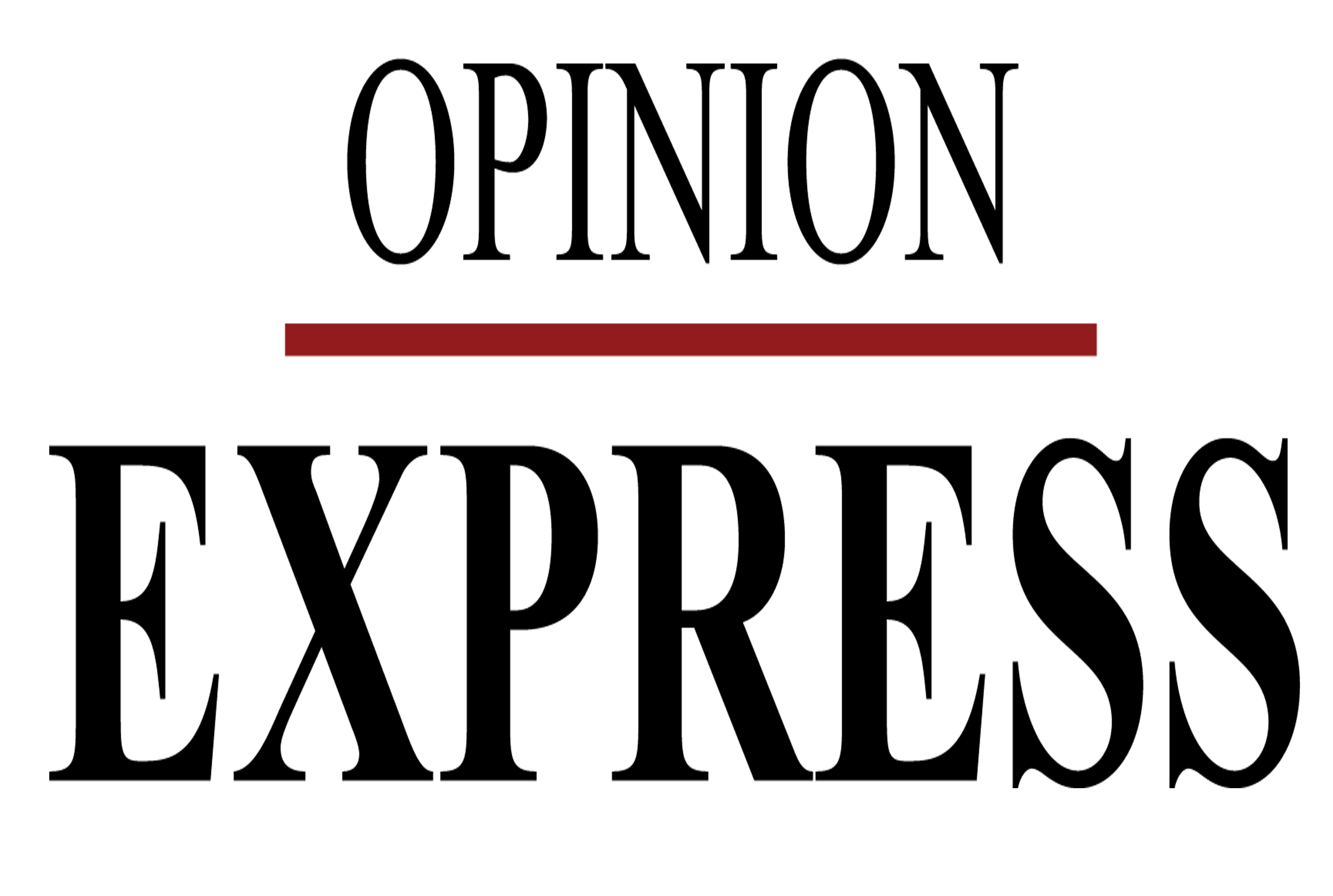






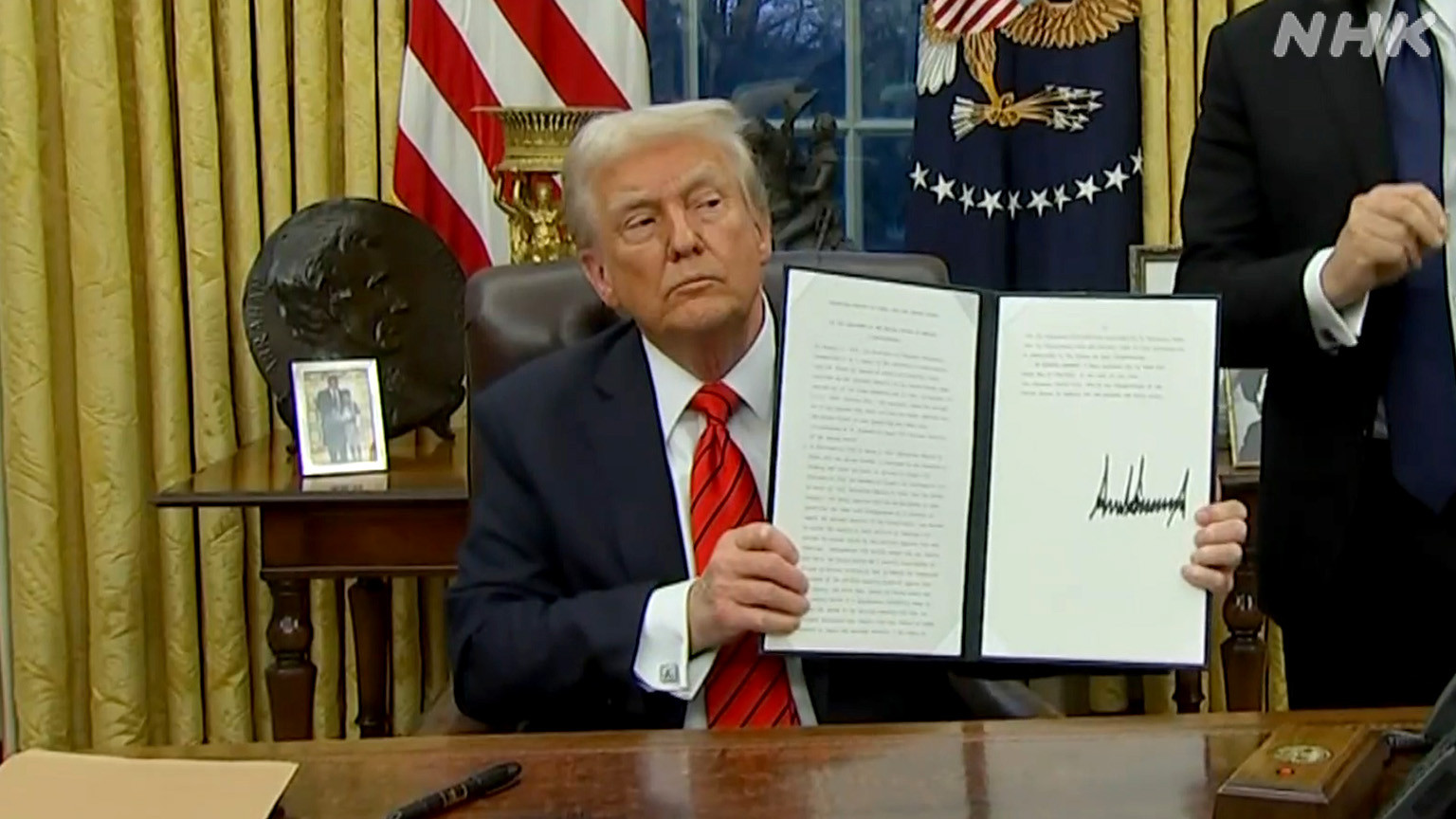
 OpinionExpress.In
OpinionExpress.In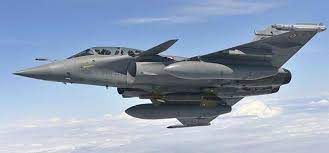
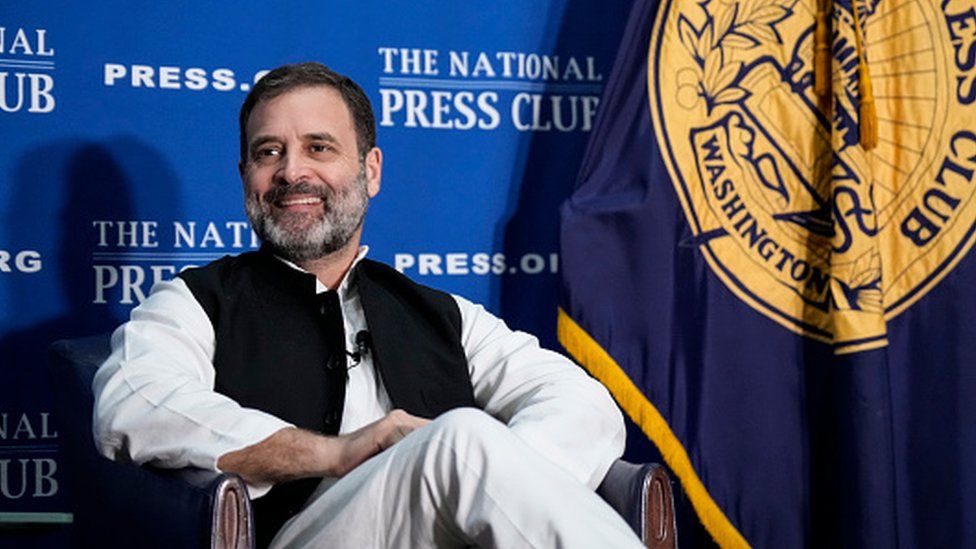
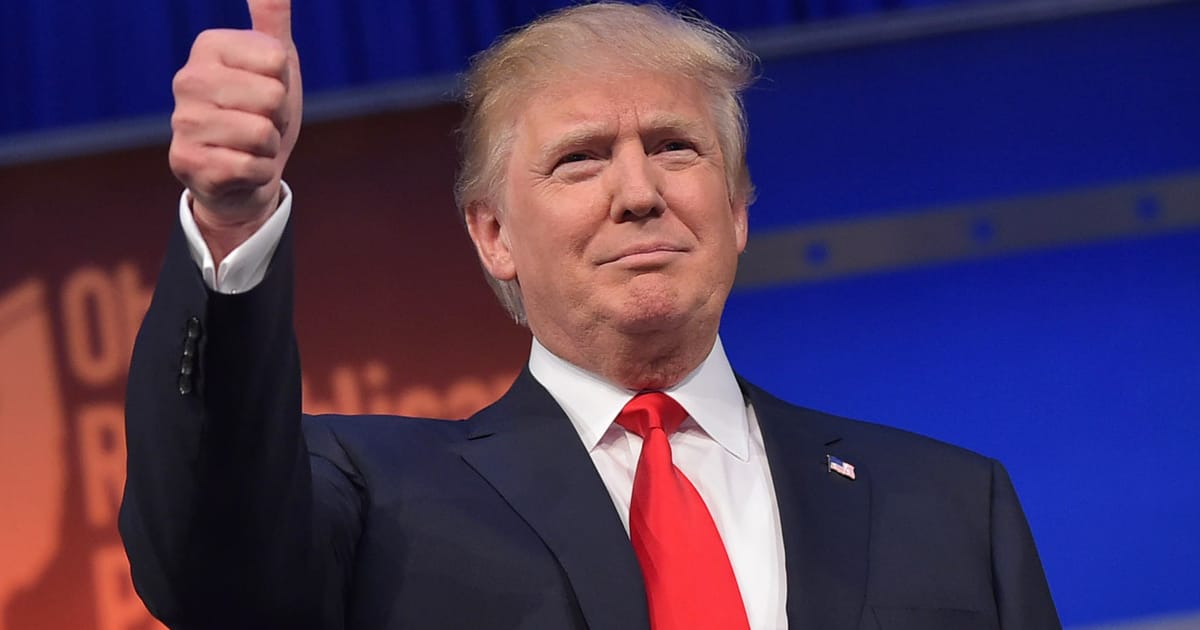

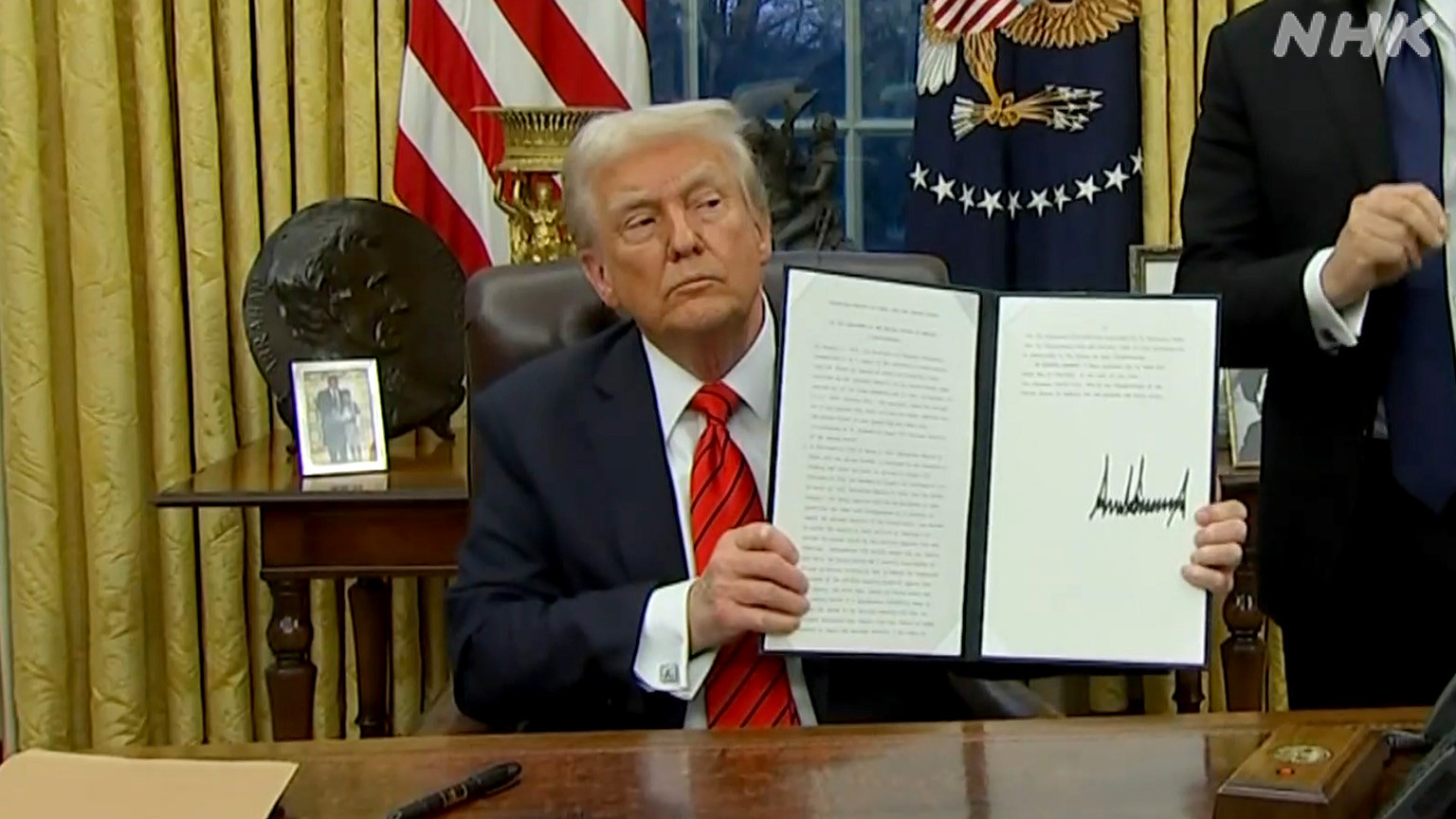
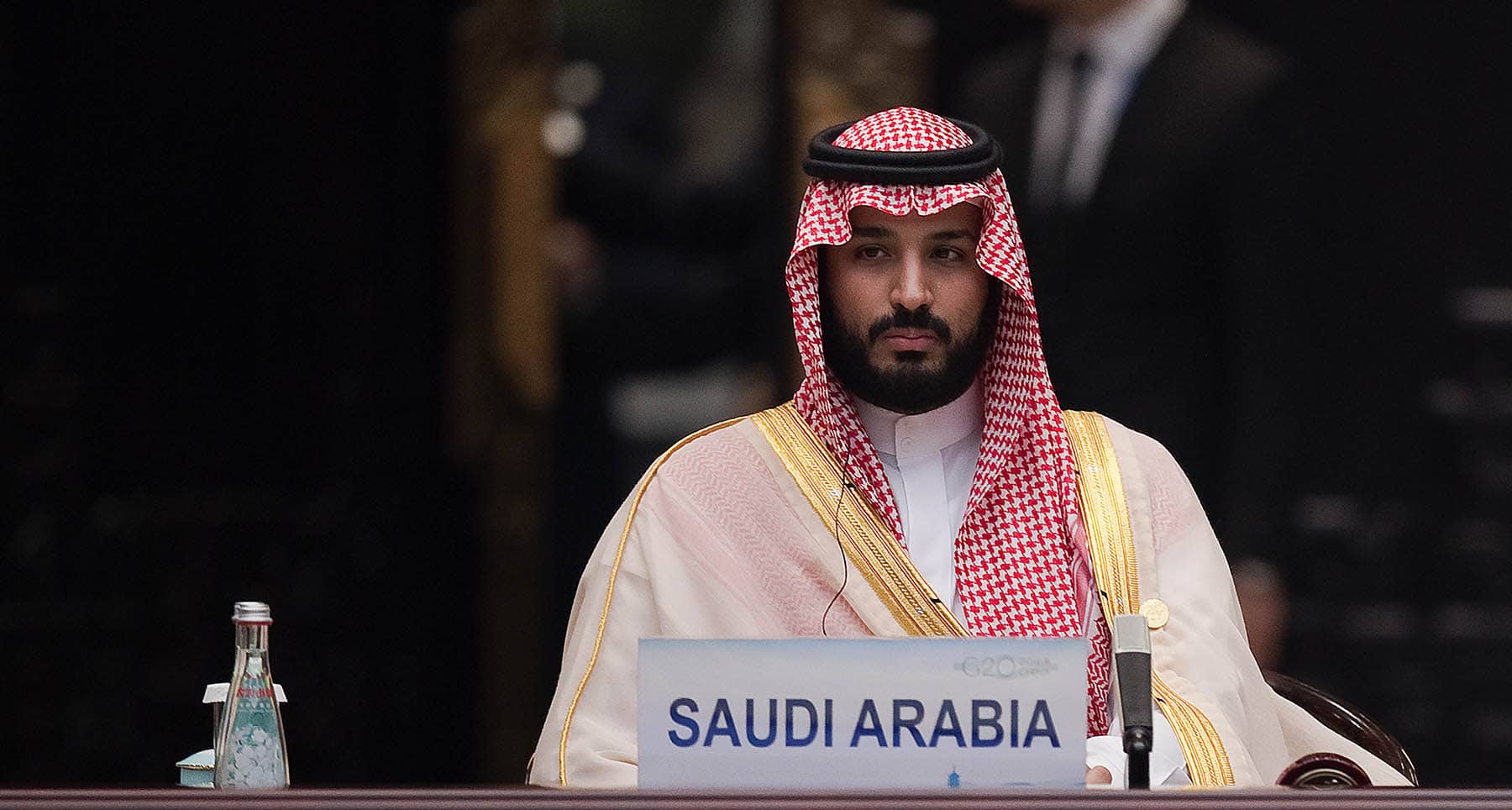
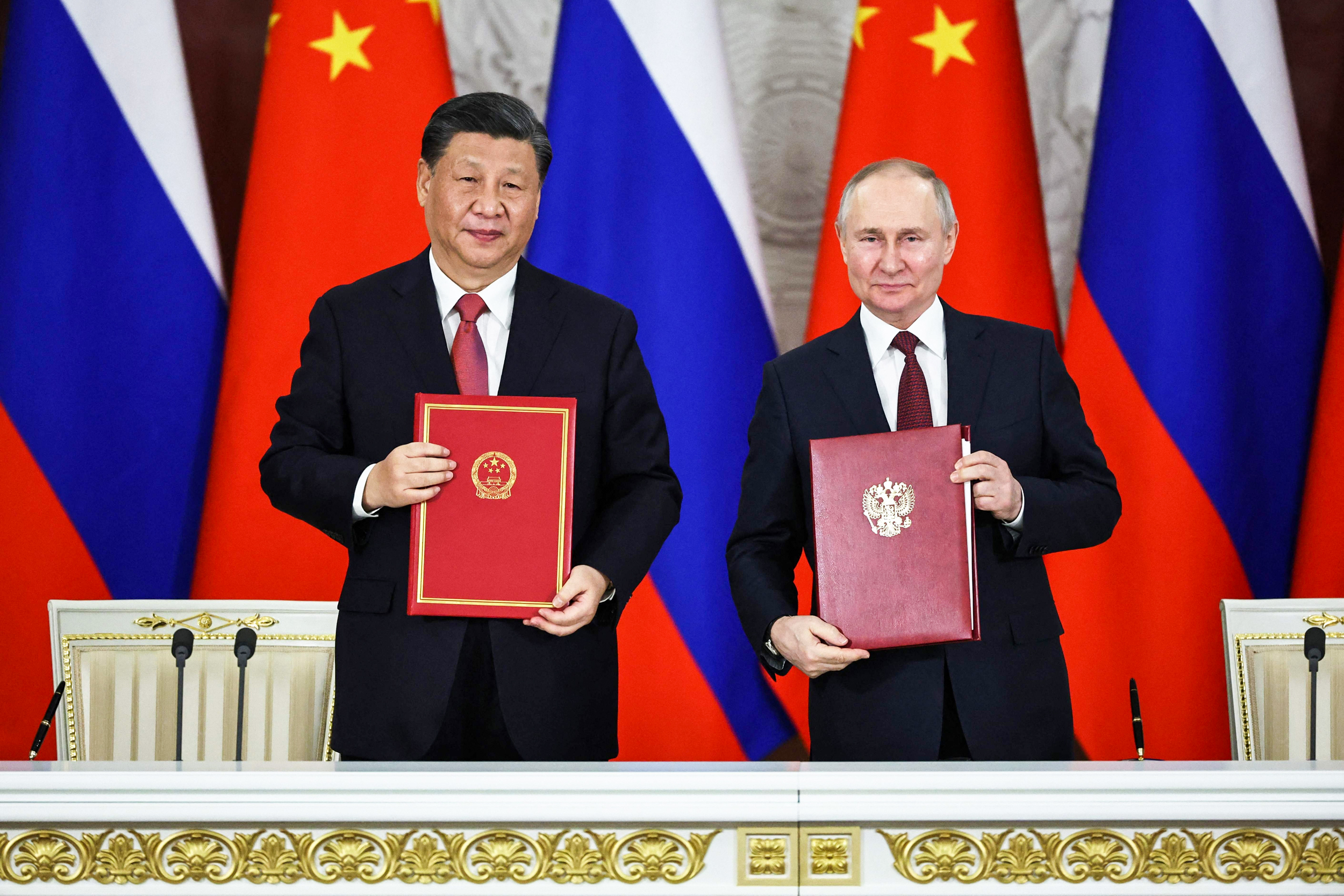
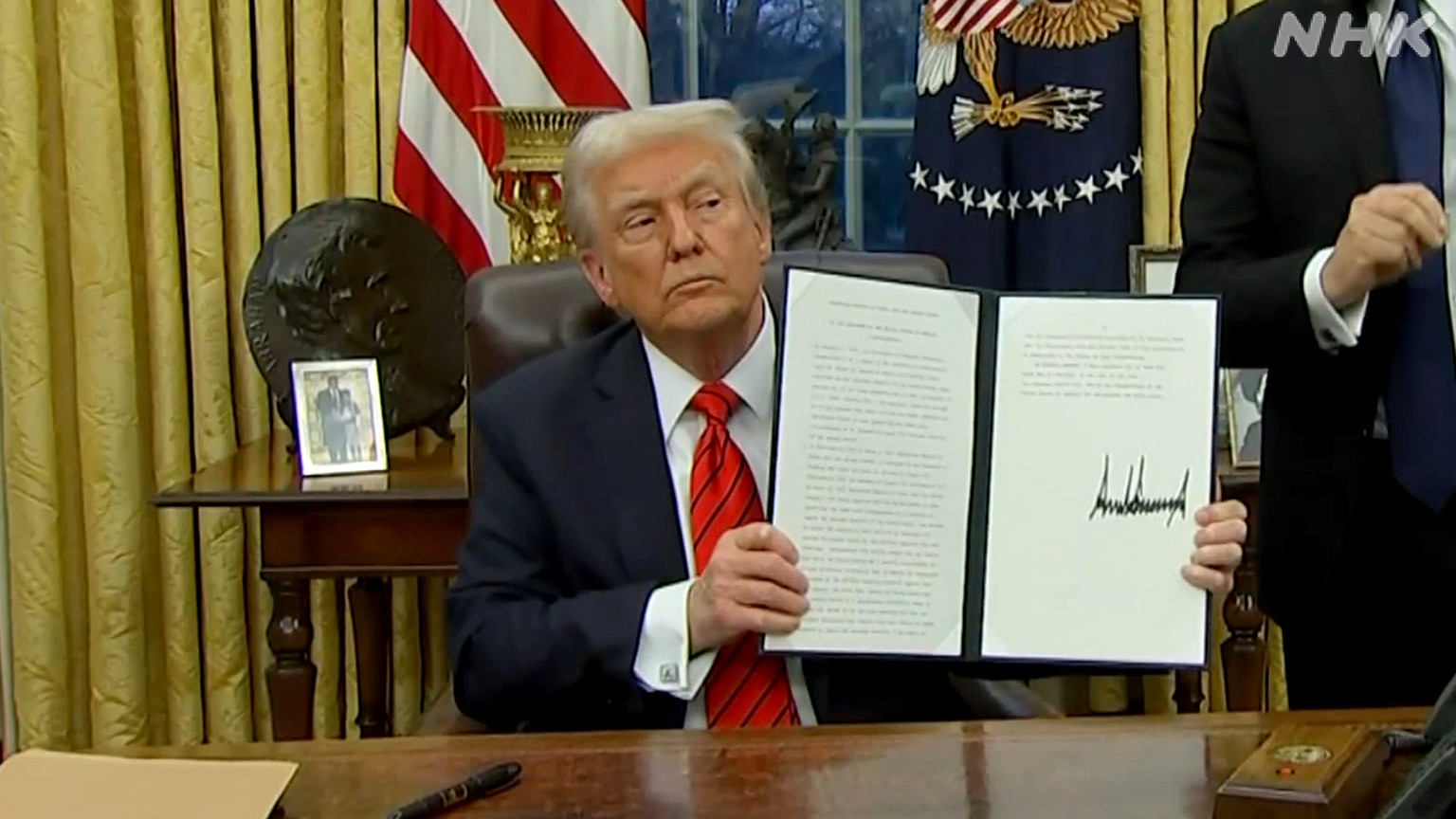
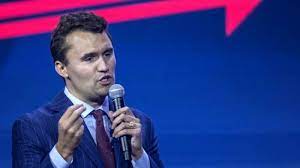
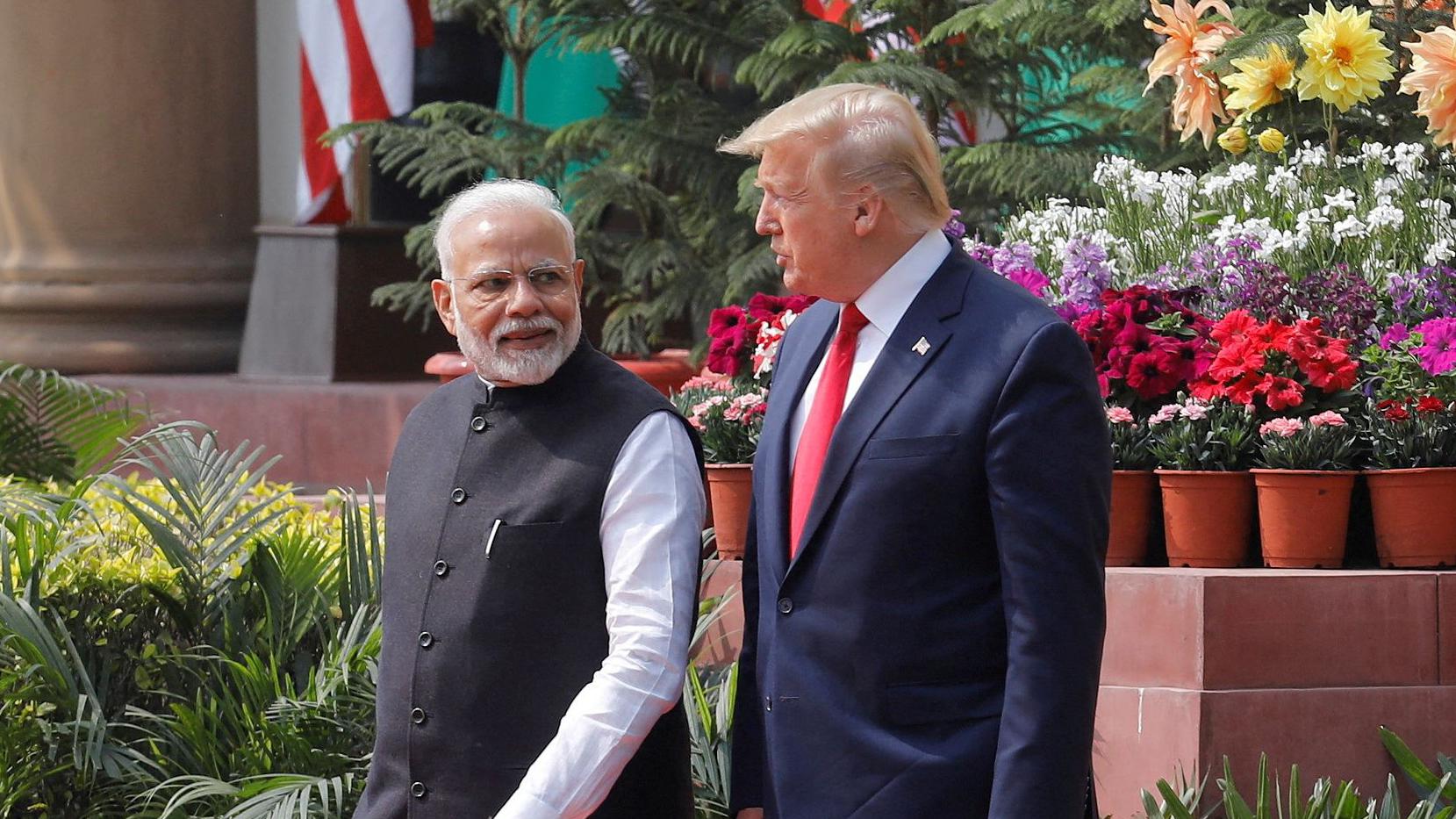





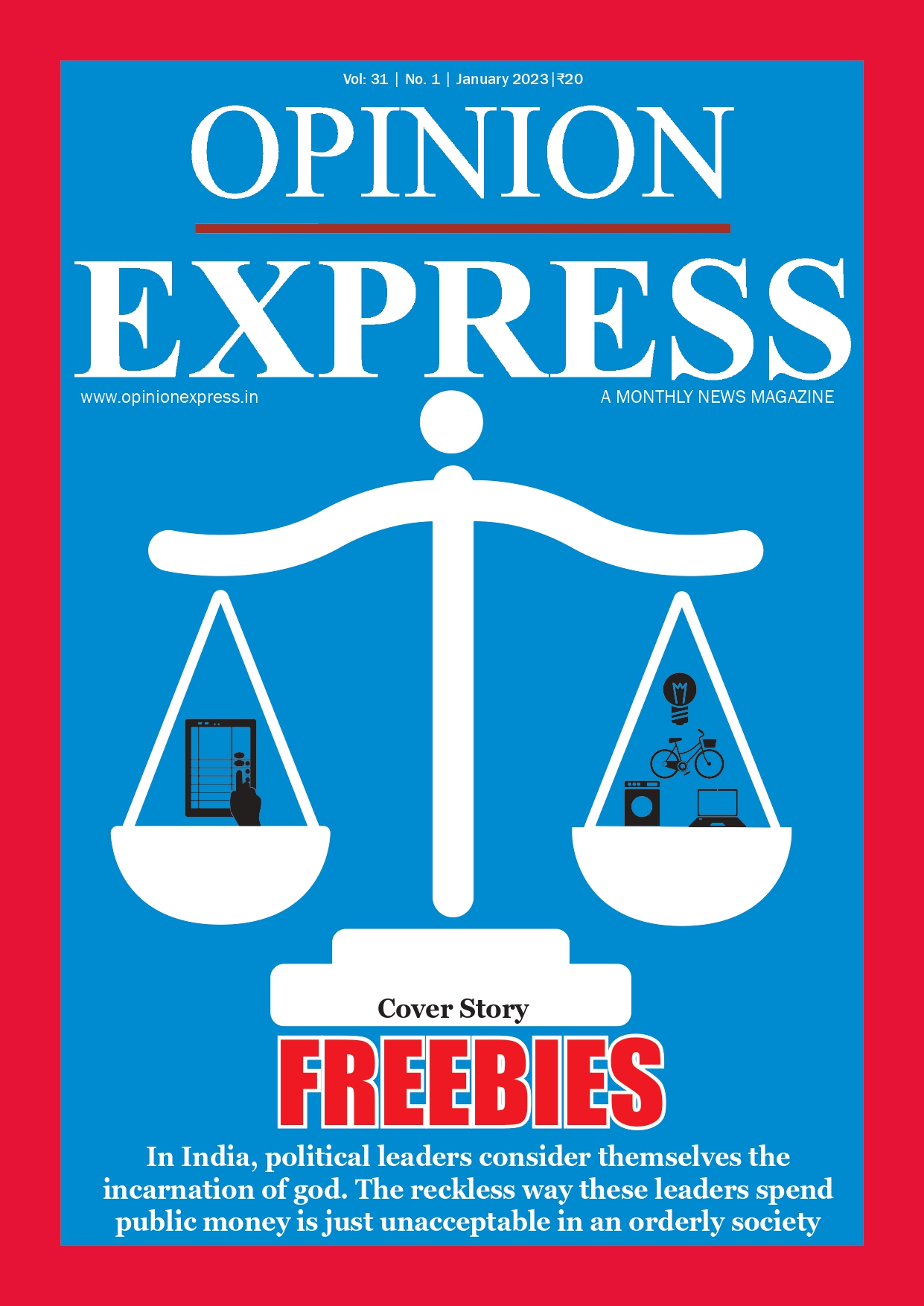
Comments (0)